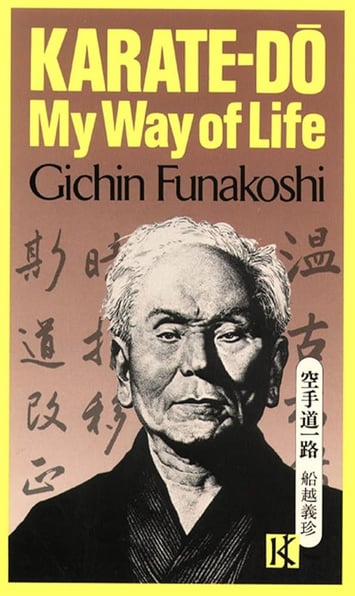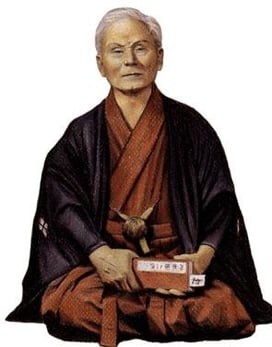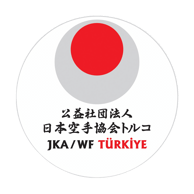Gichin Funakoshi
Early Life and Education
The Introduction of Karate to Japan
Funakoshi was born into a samurai family. During his elementary school years, he became classmates with the son of the famous karate master Ankō Asato, and through this connection, he began receiving karate training from Asato. He also received lessons from other important masters, such as Ankō Itosu, studying both the Shōrei-ryū and Shōrin-ryū styles.
In 1922, he was invited to Tokyo to showcase karate at a physical education exhibition organized by the Japanese Ministry of Education. This demonstration sparked increased interest in karate and led to Funakoshi staying in mainland Japan to begin teaching the art. In the same year, he published his first book, "Ryukyu Kempo: Karate-do," introducing karate to a wider audience.
The Establishment of Shotokan Karate
Philosophy and Principles
Funakoshi was given the nickname "Shōtō" (waving pines) by his students. In 1936, the first official dojo built in Tokyo was named "Shotokan," where the word "kan" means "house" or "hall." This dojo marked the birth of the Shotokan karate style.
Funakoshi viewed karate not only as a martial art but also as a path for character development and moral values. With the principle "There is no first strike in karate" (Karate ni sente nashi), he emphasized the defensive nature of karate. Additionally, he presented 20 fundamental principles (Niju Kun) to his students, outlining how karate practitioners should conduct themselves both physically and mentally.
Works and Legacy
Funakoshi wrote numerous works on karate, including "Karate-Do Kyohan" and his autobiography "Karate-Do: My Way of Life." These works elaborate on both the technical and philosophical aspects of karate, providing guidance for future generations. Gichin Funakoshi's contributions and teachings played a major role in the global recognition and spread of karate. His legacy is carried on today by millions of karate practitioners worldwide.





